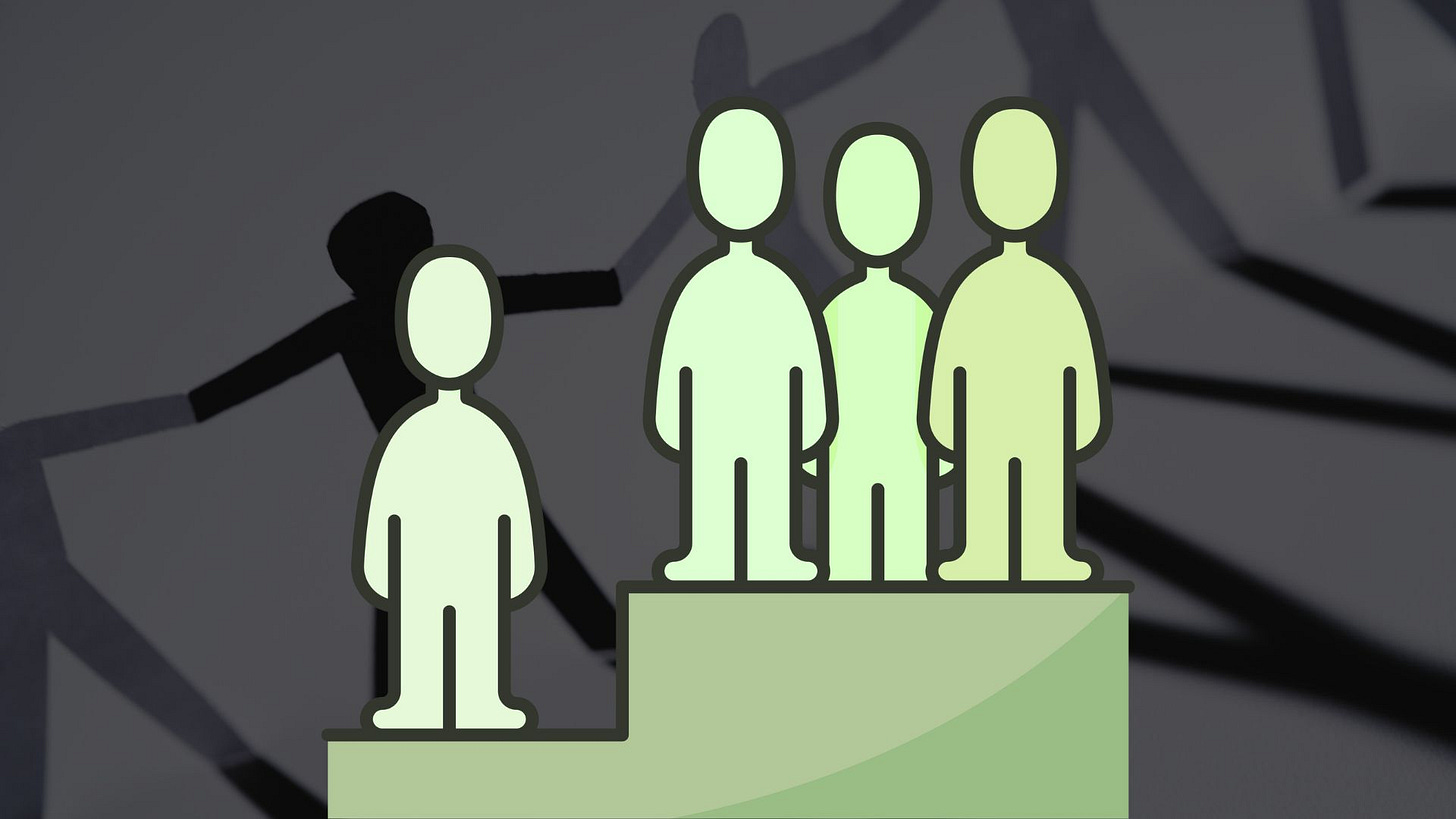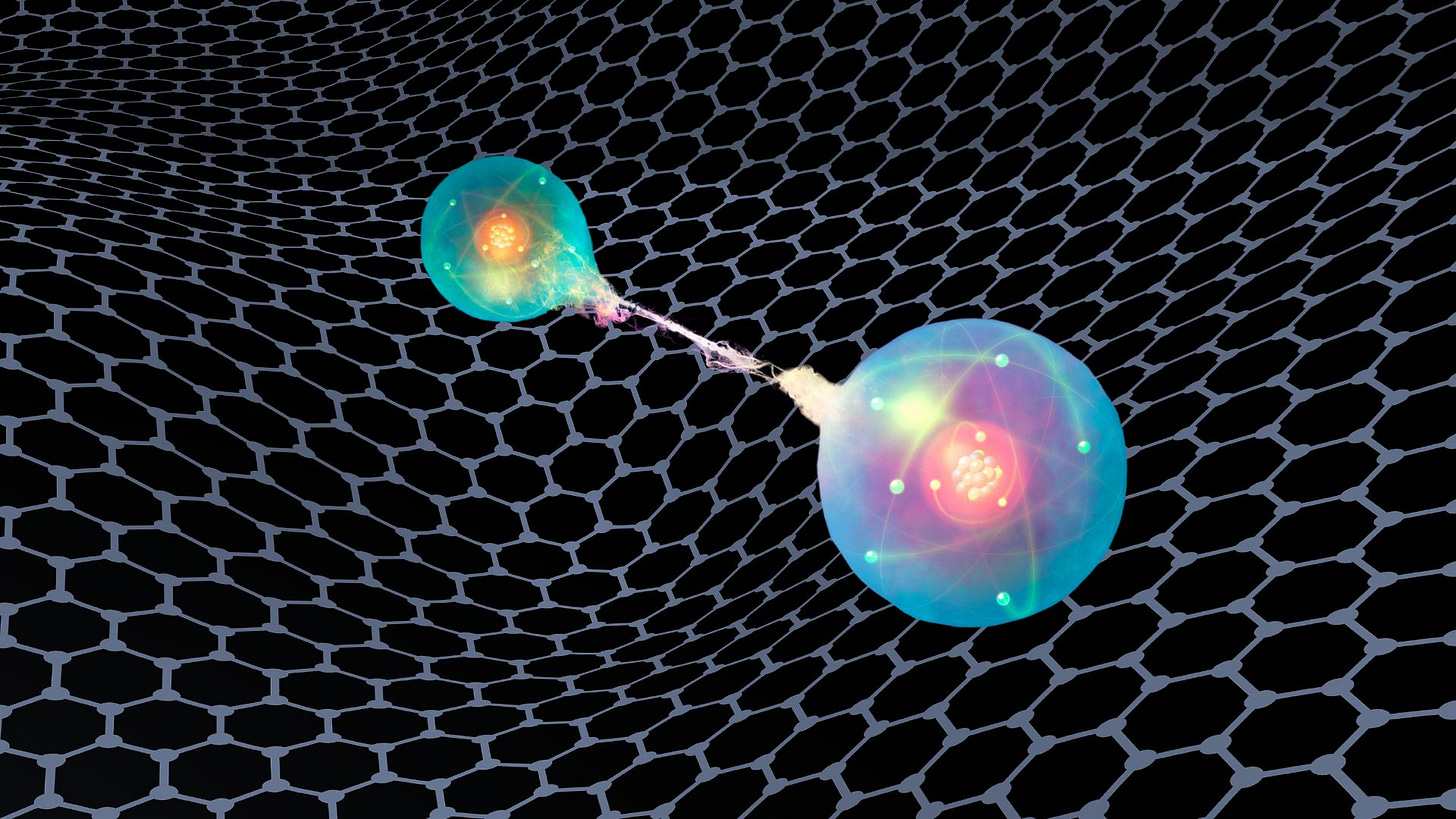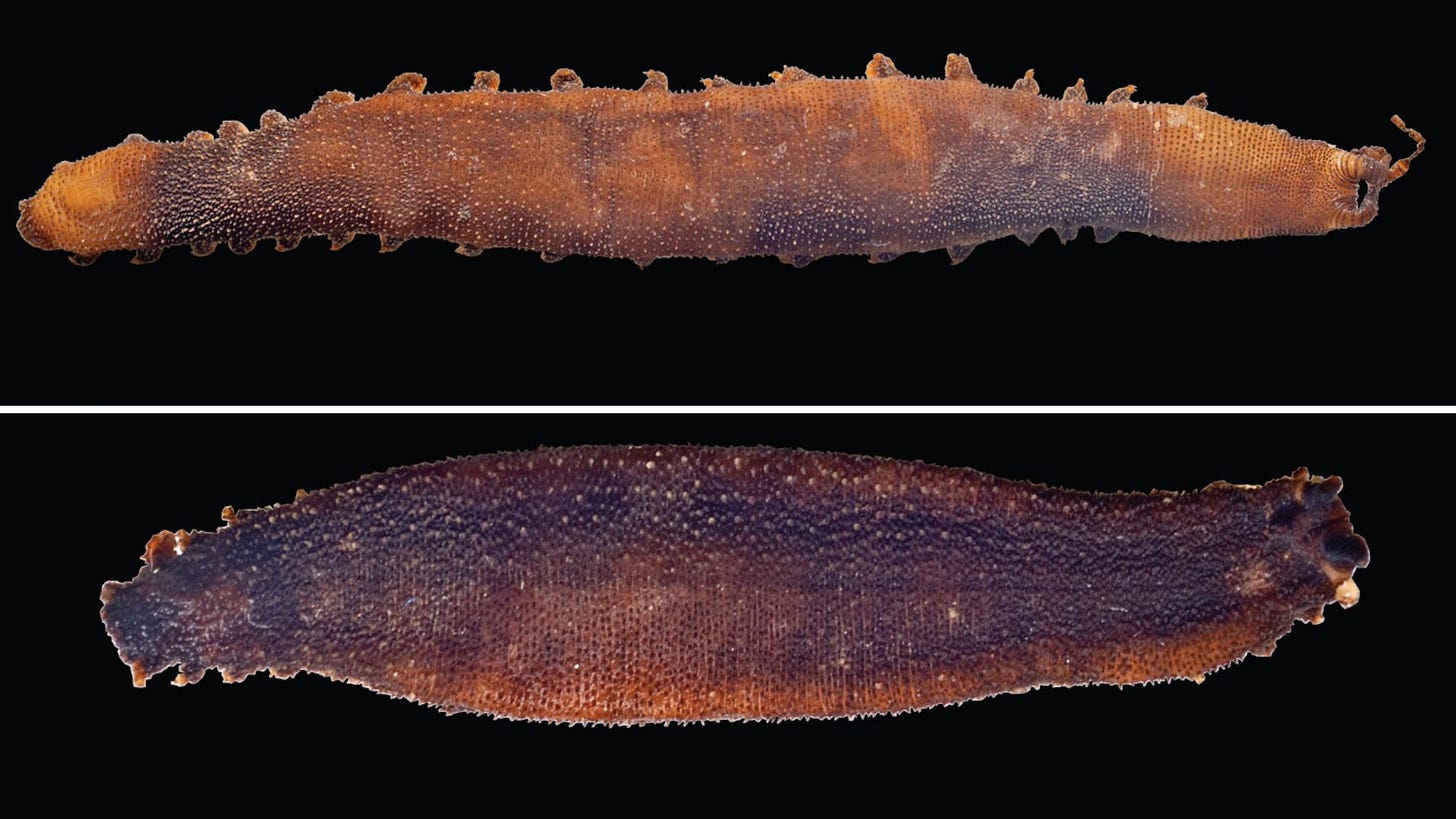Shielded Perovskite, Peri-Urban Lakes, Bias in Science, Electrons in Graphene, Velvet worm rediscovery and more...
Weekly Newsletter | Issue #16 - 16 April, 2025
Greetings from Research Matters!
Before we get to the news this week, we have a request.
We need your support! As a small team, producing science and research-based content, including daily articles and weekly infographics, comics, and the newsletter, it has often been challenging. If you like our work and would like to support a small science newsroom's growth, kindly consider donating.
Do you have a research publication or upcoming events you would like us to cover in the newsletter? Email us at editors@researchmatters.in.
This week, controversy arose when a private company claimed to have brought the Dire wolf back from extinction. Did they, though? Check out our funny comic on this controversy. Click the comic link to read more on the controversy.
In this week's stories; a chemical shield to protect perovskites, India’s peri-urban lakes under threat, what scientists think about bias in hiring, using magnetic fields to manipulate the Shannon entropy of electrons, and the rediscovery of the Himalayan velvet worm. There are also stories from other media and events happening this week. Don’t forget to check out Scidle - the science wordle, for a new science word every day.
Stories in this edition
Perovskites with a molecular shield made of ligands last longer, shows study | IIT Kharagpur, others.
A chemical treatment using DSH prevents light-induced degradation in mixed halide perovskites, paving the way for more stable solar cells and LEDs.
India's peri-urban water bodies are under siege | Dr. APJ Abdul Kalam Technical University
New research shines light on the critical pressures endangering static water bodies as cities sprawl outwards.
Do Scientists Think Bias Is Stalling Diversity? New Study Reveals Complex Views | Georgia State University, others
Survey across four nations highlights how identity, politics, and context shape scientists' perceptions of inequality in academia.
New study uses Shannon entropy to map electron behavior in graphene | CREDE 9, University of Science & Technology Meghalaya, others
The researchers used mathematical models based on the Dirac-Weyl equation to simulate how an electron in a graphene sheet would behave under external magnetic fields.
A century later, the Himalayan velvet worm walks again | ATREE
Researchers rediscovered the ancient velvet worm species Typhloperipatus williamsoni from Arunachal Pradesh and mapped its evolutionary tree.
Comic: De-extinction
Science Games & Puzzles
Try the science wordle game - Scidle, and share your score with the world!
Research Beat | Research-based news in other media
Govt flags science R&D challenges, plans 'Ease of Doing Research' overhaul - Economic Times
Transforming India’s research into global innovations - The Hindu BusinessLine
From nuclear energy to EVs, India needs to keep all technology options open, says Principal Scientific Advisor Ajay Kumar Sood: Here’s why | The Indian Express
India’s retraction crisis casts shadow over science research - Times of India
India Spends Billions On R&D And Yet Innovation Is In Crisis — Here Are Four Fixes - Swarajya
Breaking Barriers, Bridging Gaps: Dr M Sasikala Paves The Way For Women In Scientific Research - ETV Bharat
India's Shubhanshu Shukla to study how screen time affects human brain in space - India Today
Less than 1% of agriculture researches address climate change, sustainable farming practices - Education Times
With GenomeIndia, population-scale genomics comes of age in India - The Hindu
Events
Special Colloquium - Using mathematical modelling to understand collective cell motion | ICTS, 17 April 2025
Open Day at the Archives - School Edition | NCBS, 17 April 2025
The Astonishing Story of Complex Cells | Science Gallery Bengaluru, 19 April 2025
Talks: ‘Formalisation, Mathematics, and Artificial Intelligence'| IISc, 21 April 2025
Infosys-ICTS Turing Lectures - Dynamical Systems and artificial intelligence applied to data modelling in biological problems | ICTS, 22 April 2025
Macroscopic arrow of time from multiscale perspectives | ICTS, 22 April 2025









